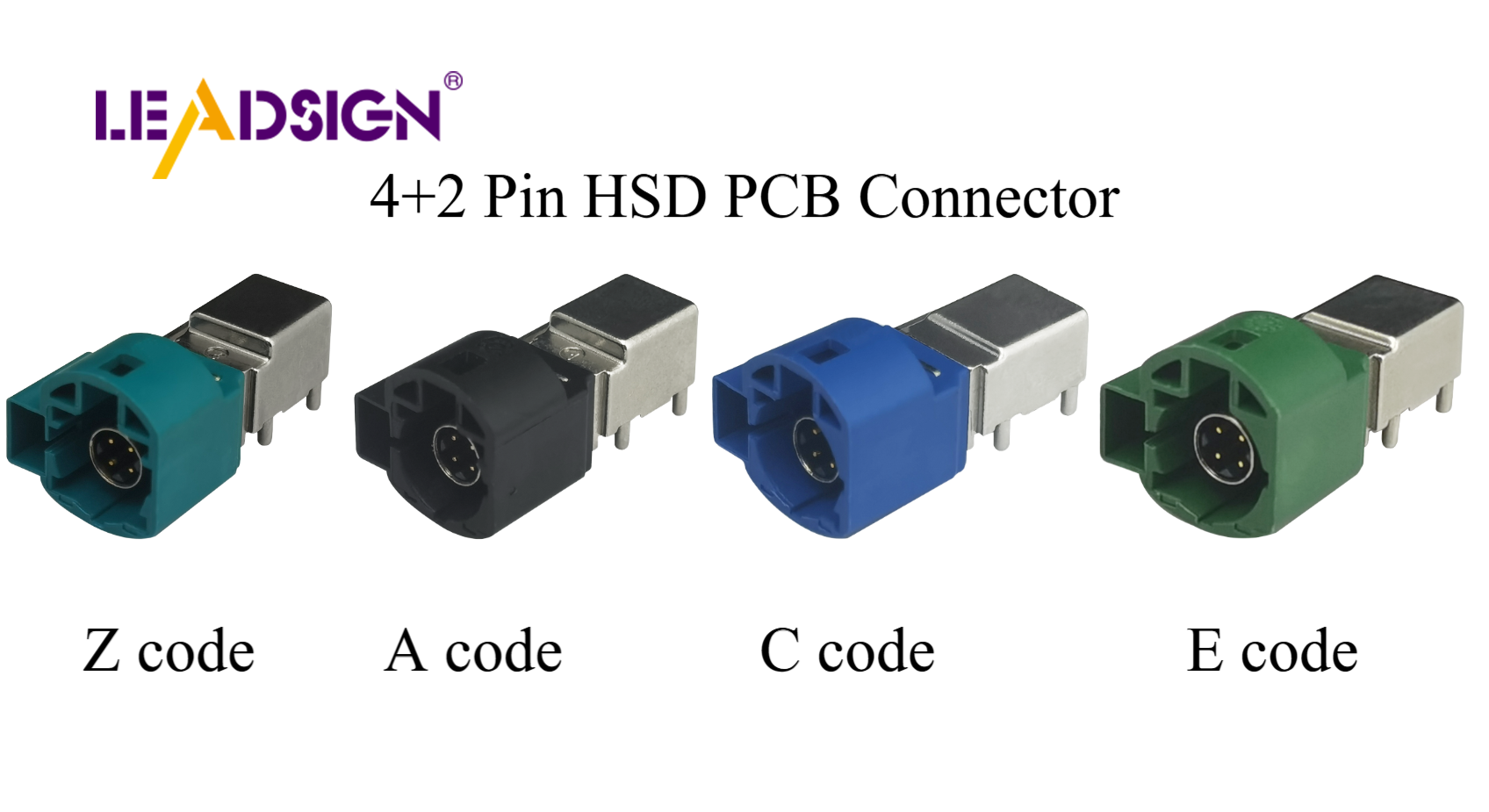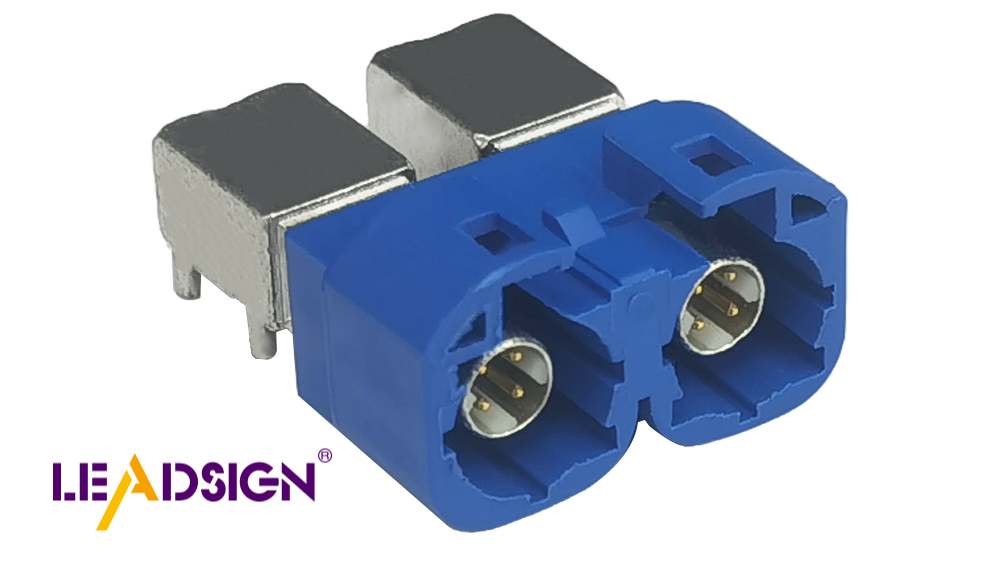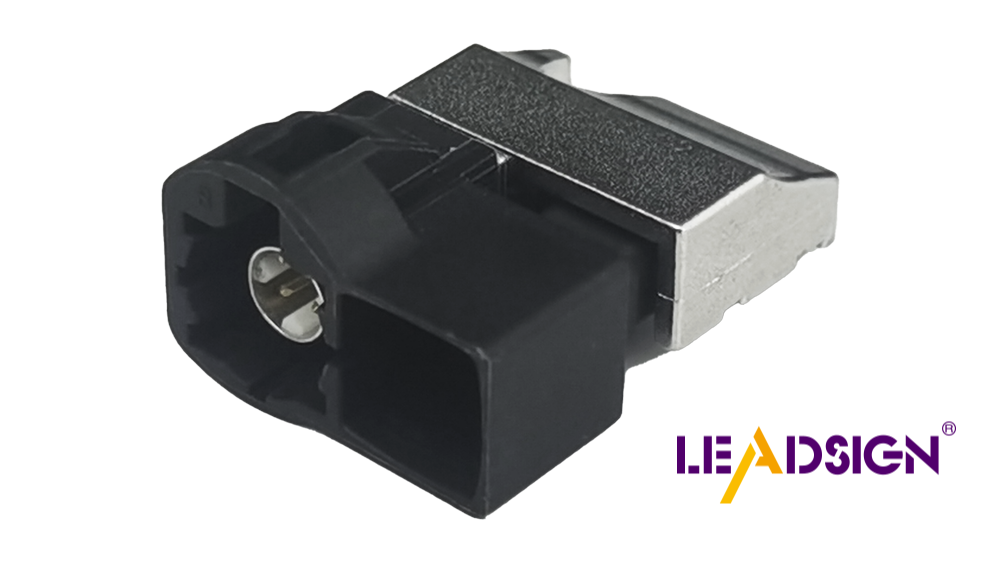In-Depth Look at Types of Electrical Terminal Connectors

Understanding the various wiring connector types is crucial for safety. These connectors ensure that electrical connections remain robust. Strong connections prevent issues and hazards. Selecting the appropriate connector is essential; it must align with the required current and voltage. This prevents overheating and maintains optimal performance. There are numerous wiring connector types available, and choosing the right one significantly impacts the efficiency of your system. Familiarizing yourself with these connectors enables you to make informed decisions, ultimately enhancing the longevity and functionality of your systems.
Key Takeaways
Understanding different types of electrical connectors is essential for ensuring safety and reliability in electrical systems.
Choosing the right connector based on wire size, current, and voltage is crucial to prevent overheating and maintain optimal performance.
Ring terminals provide a strong connection for battery and ground points, making them ideal for automotive and industrial applications.
Spade terminals allow for quick and easy connections, perfect for home gadgets and situations requiring frequent disconnections.
Heat shrink connectors offer protection against moisture and dirt, making them suitable for outdoor and marine applications.
Regular inspection and maintenance of connectors can prevent electrical failures and enhance the longevity of your systems.
Using the correct installation techniques, such as proper crimping and ensuring tight connections, is vital for safe and effective electrical work.
Types of Electrical Terminal Connectors

Knowing about different wire connectors is important for electrical work. Each type has its own job and benefits. Let's look at some common connectors.
Ring Terminals
Description and Features
Ring terminals, or ring lugs, are often used in electrical setups. You put them on a wire's end and crimp or solder them. They come in many sizes for different wire thicknesses. Their shape makes a strong link to screw terminals, ensuring a good connection.
Common Applications
Ring terminals are used when a wire needs an end cap. They are great for connecting wires to batteries or ground points. Their tight fit is perfect for cars and factories, where shaking might loosen connections.
Spade Terminals
Description and Features
Spade connectors have a blade that goes into a wire's cover, touching the metal inside. This makes connecting easy and fast. You can quickly attach and remove them from screw terminals, making repairs simple.
Common Applications
Spade terminals are used to connect wires to screw terminals. You see them in home gadgets, car wiring, and places needing frequent disconnects. They are easy to use, loved by DIY fans and experts.
Butt Connectors
Description and Features
Butt connectors are very common. They join two wires in a line, keeping electricity flowing. They come insulated or not, for both stranded and solid wires. Crimping them gives a strong, lasting link.
Common Applications
Butt connectors are mainly for joining wires. They are perfect for fixing or extending wires in cars, boats, and homes. Their usefulness and dependability make them a must-have in many toolboxes.
Bullet Connectors
Description and Features
Bullet connectors are easy to use for joining wires. They have a round male end that fits into a female socket. This makes a strong link. They come in different sizes for various wire thicknesses. You can connect and disconnect them quickly. This is great when you need to change wires often.
Common Applications
Bullet connectors are used in cars and boats. They fit well in small spaces where others can't. They handle shaking, so they work well in vehicles and boats. You also find them in home gadgets and electronics. They give a strong connection that lasts.
Quick Disconnects
Description and Features
Quick disconnects make joining wires fast. They have a male tab and a female socket that snap together. You can attach and remove them without tools. This makes fixing things easy. They come with or without covers for different needs.
Common Applications
Quick disconnects are great in cars and factories. They are used where wires need to be unplugged often, like in machines. They are also used in home wiring. They let you fix things quickly and safely.
Heat Shrink Connectors
Description and Features
Heat shrink connectors protect wire links. They have a sleeve that shrinks when heated. This makes a tight seal around the wire. It keeps out water and dirt. They come in types like butt and ring connectors for different uses.
Common Applications
Heat shrink connectors are used outside where it's wet. They are good for boats, outdoor lights, and car wires. They keep water out, making them last long in tough places.
Wire Nuts
Description and Features
Wire nuts are small connectors. They twist wires together. You twist them onto bare wire ends. This makes a safe and covered link. They come in different sizes and colors. Each size fits different wire thicknesses. The plastic outside covers the wires. The metal inside holds the wires tight.
Common Applications
Wire nuts are used in home wiring. They connect wires in boxes, lights, and outlets. They are easy to use. People like them for DIY and professional jobs. Wire nuts make sure your wiring works safely and well.
Fast-on Connectors
Description and Features
Fast-on connectors are also called quick-connects. They help join and unjoin wires easily. They have a flat tab and a slot that fits over it. You can put them together and take them apart fast. No tools needed. They come in different sizes for different wires.
Common Applications
Fast-on connectors are used in cars and appliances. They are great when you need to change wires often. Like in car radios or home machines. They fit well and are easy to use. Technicians and hobbyists like them.
HSD Connectors
Description and Features
HSD Connectors send fast data. They have locks and strong cable grips. They stop wrong connections with special codes.
Common Applications
You see HSD connectors in car electronics and telecom. They work for USB, Ethernet, and more. They are strong and good for places needing steady data, like cars and networks.
Uses of Each Connector Type

Knowing how to use electrical wire connectors is important. It keeps things safe and working well. Each connector has a special job. Picking the right size is key. It helps your electrical systems work better. Let's see how connectors are used in cars, homes, and factories.
Automotive Applications
Importance of Connector Choice
In cars, picking the right connector is crucial. Cars shake and change temperature a lot. This can mess up connections. A strong connection stops problems and keeps the car running well.
Examples of Suitable Connectors: Fast-on Connectors, HSD Connectors
Fast-on Connectors: These are great for cars. They are easy to use and reliable. You can connect and disconnect them fast. This is good for car radios and lights that need fixing often.
HSD Connectors: These are needed in new cars with fancy electronics. They help send data for things like USB and Ethernet. They fit well and stop wrong connections. This makes them perfect for car electronics.
Home Electrical Systems
Importance of Connector Choice
At home, the right connector keeps things safe. It also makes sure everything works well. Good connectors stop fires and help appliances run smoothly.
Examples of Suitable Connectors: Wire Nuts, Spade Terminals
Wire Nuts: These join many wires together at home. They are safe and covered. You use them in light fixtures and outlets. They are easy to use, so everyone likes them.
Spade Terminals: These connect wires to screws in home gadgets. They are quick to use, making repairs easy.
Industrial Applications
Importance of Connector Choice
In factories, the right connector is very important. It keeps systems safe and reliable. Factories can be tough places, so connectors must be strong.
Examples of Suitable Connectors: Ring Terminals, Quick Disconnects
Ring Terminals: These connect to screws in machines. They are strong and work well even when things move or shake.
Quick Disconnects: These are useful in factories. They let you take wires off easily. This helps fix machines fast and saves time.
Tips for Picking and Using Connectors
Things to Think About When Picking Connectors
Material and Strength
When picking electrical connectors, think about what they're made of and how strong they are. Good materials make connectors last longer. For example, twist-on connectors are usually made of strong plastic with metal inside. This makes a tight connection. Pick connectors that can handle things like water or heat to stop them from breaking.
Matching Wire Size
Matching the wire size is very important when picking connectors. You need connectors that fit the wire size in your setup. Wrong sizes can make bad connections or be unsafe. Twist-on connectors come in different sizes for different wires. Always check to make sure they fit right.
Best Ways to Install
Making Sure Connections Are Tight
To make sure connections are tight, follow good steps when installing. Crimping right is key for connectors like butt connectors. Crimping tools help make a strong link between the wire and connector. For twist-on connectors, twist wires together first to make the connection better.
Avoiding Mistakes
Avoid mistakes by being careful. One mistake is using old twist-on connectors again, which can weaken the connection. Always use new ones each time. Also, make sure wires are cut to the right length to fit well in the connector.
Safety Tips
Why Insulation Matters
Good insulation is important for safety in wiring. Insulated connectors, like heat shrink ones, add extra protection from water and other things. This stops short circuits and helps the connection last longer.
Checking and Fixing Regularly
Checking and fixing connectors often is needed for safety. Look at connections now and then for any wear or damage. Change any broken connectors right away to stop dangers. This careful checking keeps your systems working well.
Picking the right wire connectors is very important. It keeps things safe and working well. Choose connectors that fit your system's needs. Install them properly and check them often. This helps keep connections strong. In cars, factories, or homes, good connectors handle shaking and heat changes. Use the tips given to make your connections better. This will help your systems last longer and work safely.
FAQ
What are electrical terminal connectors?
Electrical terminal connectors join wires together. They make sure wires connect safely and work well.
Why is choosing the right connector important?
Picking the right connector is key. It keeps connections safe and stops overheating. This helps avoid electrical problems.
How do I select the appropriate connector for my project?
To pick the right connector, check wire size, current, and voltage needs. Think about where it will be used. Make sure it's strong for the conditions.
What are the common types of electrical wire connectors?
Common connectors are ring, spade, butt, bullet, quick disconnects, heat shrink, wire nuts, fast-on, and HSD. Each has special uses and benefits.
How do I ensure a secure connection when using connectors?
For a secure connection, use the right tools. Crimping tools help with crimp connectors. Strip wires to the right length and fasten tightly.
Are there safety standards for using electrical connectors?
Yes, follow safety rules to keep things safe. These rules stop dangers and keep systems working well.
Can I reuse electrical connectors?
It's best not to reuse connectors, especially if worn. New connectors make sure connections stay strong and safe.
What should I do if a connector fails?
If a connector fails, replace it with a new one that fits your system. Check and fix connectors often to stop problems.
How often should I inspect my electrical connectors?
Check connectors regularly for wear or damage. Replace bad ones quickly to keep things safe and working.
Can I use any connector for outdoor applications?
For outside, use connectors that handle weather. Heat shrink connectors keep out water, so they're good for outdoors.
See Also
Essential Insights Into HSD Connectors You Need
FAKRA Connectors Explained: Your Complete Resource
Fakra Connectors Uncovered: Benefits, Uses, and Setup Advice

